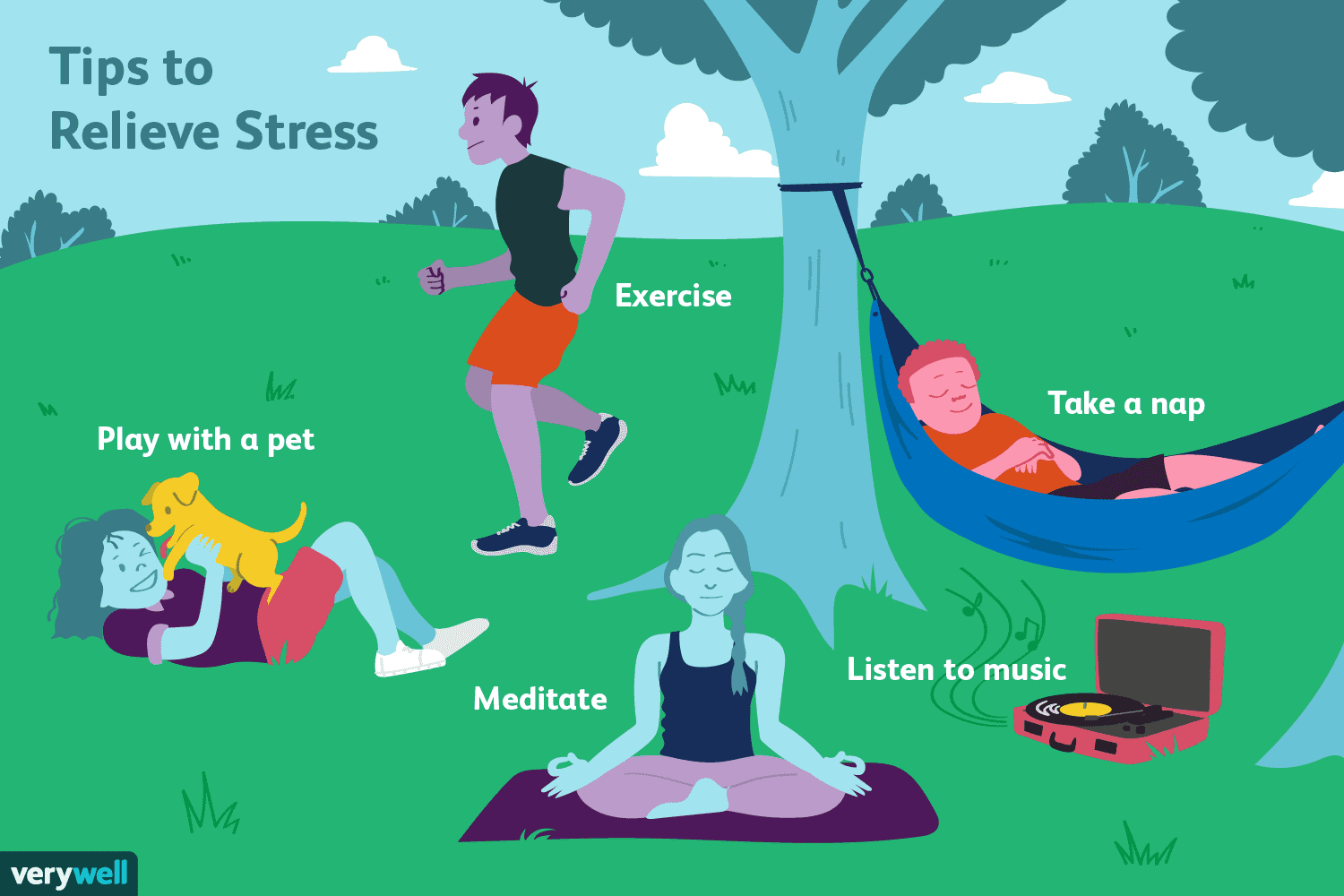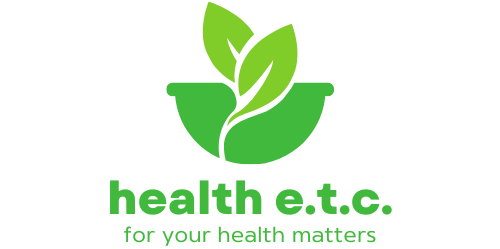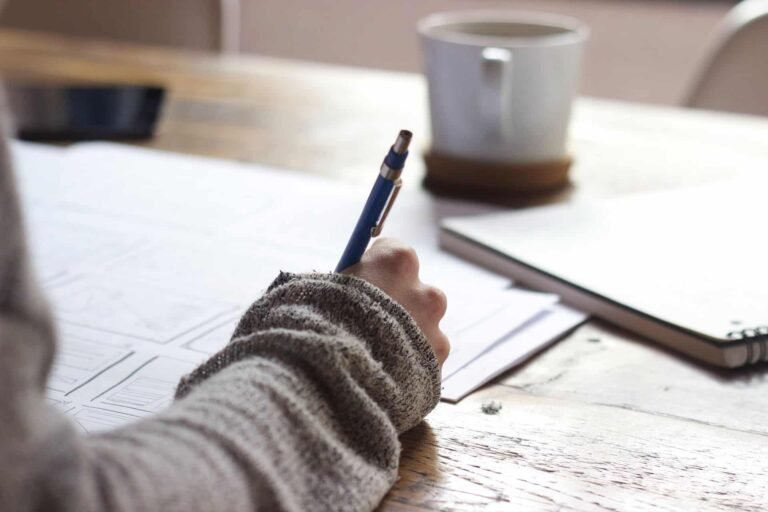5 Quick & Simple Mental Exercises To Try During Stressful Times

Feeling overwhelmed by stress can happen to anyone, and often when you least expect it. It can cloud your mind, making it difficult to concentrate or make decisions.
But what if you could combat this stress with just a few simple exercises? Imagine having a toolkit of mental exercises that you can tap into anytime you’re feeling frazzled. These aren’t time-consuming practices; they are quick and effective techniques designed to help you regain control and find your calm amidst the chaos.
If you’re eager to discover these powerful exercises and reclaim your peace of mind, keep reading. You’ll learn how easy it can be to transform stress into serenity with just a few mindful moments.
:max_bytes(150000):strip_icc()/3145195-article-tips-to-reduce-stress-5a8c75818e1b6e0036533c47.png)
Credit: www.verywellmind.com
Breathing Techniques
Discover 5 easy breathing techniques to help manage stress. These simple exercises calm your mind and improve focus. Practice regularly to feel more relaxed and in control during stressful moments.
In the hustle and bustle of daily life, stress can sneak in and throw you off balance. One of the easiest ways to regain your calm is through breathing techniques. These techniques are not just about inhaling and exhaling; they are about finding a moment of peace amidst chaos. Breathing techniques can be your secret weapon against stress, helping you feel grounded and in control. Let’s dive into two simple methods you can try today.Deep Breathing
Deep breathing is more than just taking a big breath. It’s about slowing down and focusing on each breath. Start by sitting in a comfortable position. Close your eyes and breathe in slowly through your nose. Feel your chest and belly rise as your lungs fill with air. Hold the breath for a moment, then exhale slowly through your mouth. Imagine letting go of stress with each exhale. Repeat this process for a few minutes. You’ll notice a sense of calm washing over you. Deep breathing helps clear your mind and can be done anywhere, whether you’re at home, in your office, or stuck in traffic. How often do you take a moment just to breathe deeply?Box Breathing
Box breathing, also known as square breathing, is a powerful technique used by athletes and the military. It’s simple and effective. Picture a box in your mind. Start by inhaling through your nose as you count to four. Hold your breath for another count of four. Then, exhale slowly through your mouth for a count of four. Finally, pause and hold your breath again for four counts. Repeat the cycle several times. This technique helps regulate your breathing and can reduce anxiety. Box breathing is great when you need to refocus during a stressful meeting or before a big presentation. Have you tried box breathing to control stress? Breathing techniques are practical tools you can use anytime, anywhere. They’re quick to learn and can make a big difference in how you handle stress. Why not give them a try and see how they change your day?Visualization Practices
Stressful times can cloud our minds and weigh us down. Visualization practices offer an easy way to clear mental fog. These exercises help you picture calming scenes or positive outcomes. You can do them anywhere. Experience mental relief and regain focus. Visualization taps into the power of imagination. It encourages relaxation and mental clarity.
Guided Imagery
Guided imagery involves mentally visiting peaceful places. Close your eyes and imagine a serene beach or forest. Picture the sounds, smells, and colors vividly. This method eases stress and promotes a sense of calm. Guided imagery can transport you to a different world. It helps distract from current worries. Practice regularly for best results.
Positive Visualization
Positive visualization focuses on imagining successful outcomes. Picture yourself achieving goals or overcoming challenges. Visualize the steps and feel the emotions of success. This fosters confidence and motivation. Positive visualization builds a hopeful mindset. It shifts focus from stress to potential achievements. Consistent practice strengthens belief in your abilities.
Mindfulness Exercises
Mindfulness exercises offer a gentle way to ease stress. They help you stay in the present moment. By focusing on now, you can find calm and clarity. These exercises require no special skills or equipment. They are easy to do anywhere. Discover how mindfulness can be your ally during stressful times.
Body Scan
Begin by lying down or sitting comfortably. Close your eyes gently. Take a deep breath. Focus on each part of your body. Start with your toes. Notice any tension or discomfort. Slowly move up to your legs. Feel your knees and thighs. Continue to your stomach and chest. Pay attention to your breathing. Then, shift to your arms and hands. Relax your shoulders. Finally, focus on your neck and head. Release any tightness. This scan helps you connect with your body. It brings awareness to areas of stress.
Five Senses Check-in
Find a quiet place. Sit comfortably. Begin with your sight. Look around and notice colors and shapes. Shift to sound. Listen to nearby noises. Feel the textures around you. Touch your chair or table. Smell the air. Is it fresh or scented? Lastly, taste. Notice any lingering flavors in your mouth. This exercise grounds you. It helps you connect with the world around you. Use your senses to anchor yourself in the present.
Gratitude Journaling
Gratitude journaling is a powerful tool during stressful times. It helps shift focus from worries to the positive aspects of life. By noting down what you’re thankful for, you cultivate a sense of appreciation. This simple practice can ease anxiety and lift your mood.
What Is Gratitude Journaling?
Gratitude journaling involves writing down things you are thankful for. These can be small joys or significant events. The goal is to acknowledge and appreciate what you have. This practice helps create a positive mindset.
How To Start A Gratitude Journal
Begin with a notebook or a digital app. Write three things you are grateful for each day. Keep it simple and genuine. Focus on feelings and moments that bring you joy.
Benefits Of Gratitude Journaling
Gratitude journaling boosts your mood. It reduces stress and anxiety. This practice improves sleep and enhances overall well-being. It fosters a positive outlook on life.
Tips For Effective Gratitude Journaling
Set aside time each day for journaling. Be specific about your gratitude entries. Reflect on why you are grateful for each item. Review past entries regularly to appreciate progress.
Overcoming Challenges In Gratitude Journaling
Consistency might be difficult at first. Keep your journal handy to avoid forgetting. Start small if overwhelmed. Remember, it’s okay to repeat entries. The aim is to nurture gratitude.
Progressive Muscle Relaxation
Progressive Muscle Relaxation helps ease stress by tensing and relaxing muscles. This simple exercise calms the mind and body. Perfect for quick relief during challenging times.
Progressive Muscle Relaxation (PMR) is a simple yet powerful mental exercise that can help you manage stress effectively. It involves tensing and then slowly releasing different muscle groups in your body. This technique not only reduces physical tension but also promotes a sense of calm and relaxation.What Is Progressive Muscle Relaxation?
PMR is a systematic approach to relaxing your muscles. By focusing on one muscle group at a time, you can effectively release tension. This method helps you become more aware of the difference between tension and relaxation in your body.How To Practice Pmr
Start by finding a quiet and comfortable place where you won’t be disturbed. Sit or lie down in a relaxed position. Begin with your toes and work your way up to your head, tensing each muscle group for a few seconds before releasing.Benefits Of Progressive Muscle Relaxation
Practicing PMR can lead to a noticeable reduction in stress and anxiety. It can also improve your sleep quality, as relaxing your muscles before bed helps your mind unwind. Some people even report feeling more energized after a session.Personal Experience With Pmr
I remember a particularly stressful day at work when my to-do list seemed never-ending. Taking a few minutes to practice PMR made a significant difference. I felt a wave of calm wash over me, allowing me to tackle my tasks with renewed focus.Incorporating Pmr Into Your Routine
Consider integrating PMR into your daily schedule. Whether it’s a few minutes in the morning or before bedtime, making it a habit can enhance your overall well-being. The next time you feel overwhelmed, why not give PMR a try? It might just be the quick reset your mind and body need.
Credit: www.instagram.com

Credit: www.instagram.com
Frequently Asked Questions
What Is The Best Exercise For Stress?
Yoga is the best exercise for stress relief. It combines physical movement, breathing, and meditation to reduce stress. Regular practice enhances relaxation, improves mood, and boosts mental clarity. Yoga also promotes mindfulness, helping individuals manage stress effectively. Integrating yoga into daily routine can significantly improve overall well-being and reduce stress levels.
What Is The 5 4 3 2 1 Exercise?
The 5 4 3 2 1 exercise is a grounding technique to reduce anxiety. Identify five things you see, four things you touch, three things you hear, two things you smell, and one thing you taste. This mindfulness practice helps focus on the present moment.
What Are The 5 A’s Of Stress Management?
The 5 A’s of stress management are Avoid, Alter, Accept, Adapt, and Assert. Avoid unnecessary stressors. Alter situations by expressing feelings. Accept things you can’t change. Adapt by adjusting standards. Assert yourself by communicating needs and setting boundaries.
What Are 3 Simple Things You Can Do To Deal With Stress Daily?
Practice deep breathing exercises for immediate stress relief. Engage in physical activities like walking to clear your mind. Maintain a daily gratitude journal to focus on positivity.
Conclusion
Stressful times challenge our minds. Simple mental exercises offer relief and balance. Practicing them daily builds resilience. They help refocus thoughts and calm emotions. You don’t need much time or equipment. Just a few minutes can make a difference. Remember to breathe and stay present.
Consistency is key to seeing benefits. Each exercise supports mental strength and peace. Start today and feel the positive change. Your mind will thank you.





